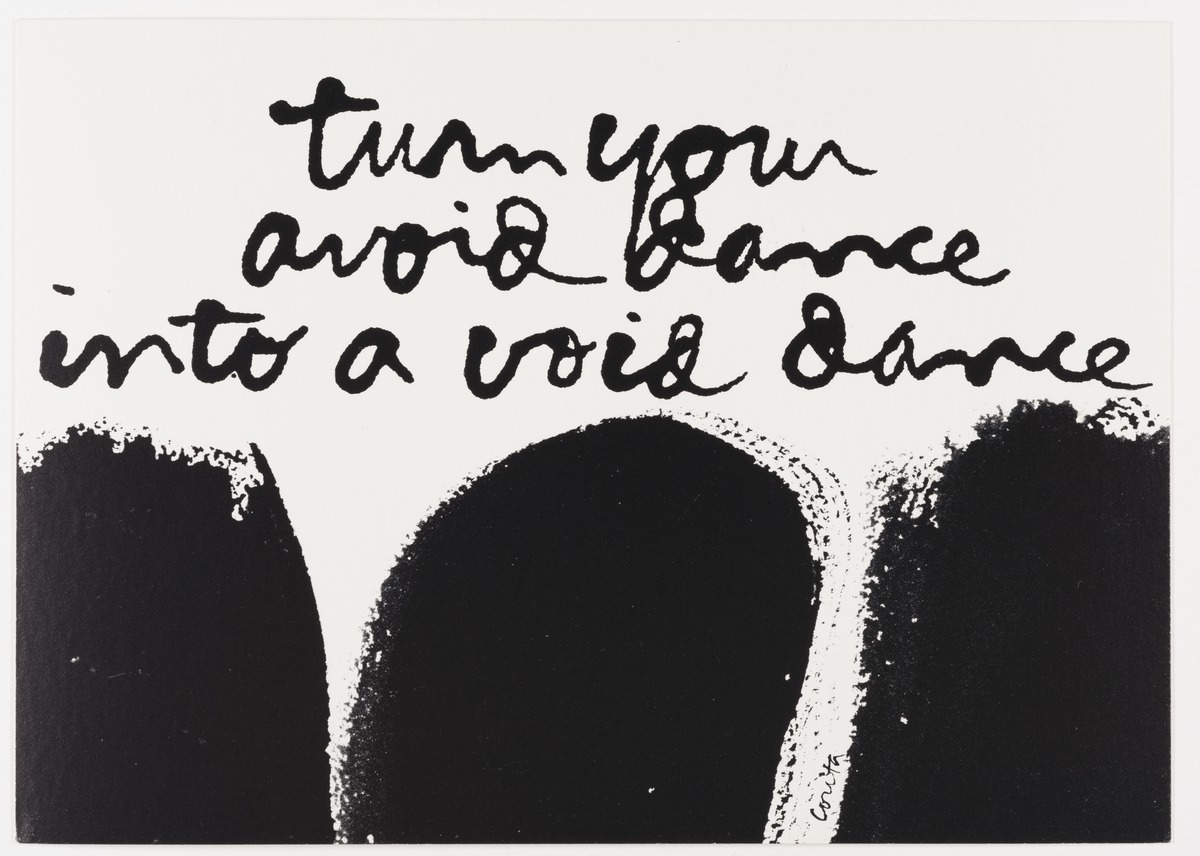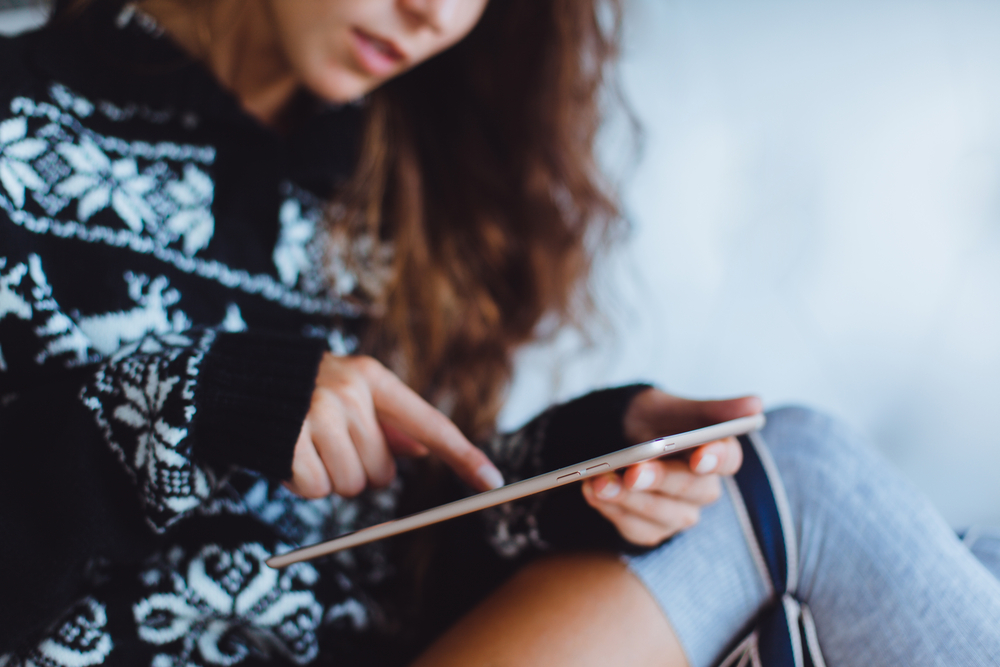We know the word “isolation” all too well. It isn’t something new for us, even though it feels as such given our need to flatten the curve and stop further spread of a global pandemic. If the last decade has shown us anything, it is that we have become increasingly polarized. Borders and walls went up in hearts and minds, heightened by algorithms, economic imbalance and fear. Long-held unions, friendships and family relationships once cherished, dissolved.
Throughout our most divisive moments, there were always those working on the front lines of public engagement to remind us of our human interdependence. Diverse organizations — museums, libraries, cultural centers; community and faith-based organizations, recalling what Mother Teresa once said, “we belong to each other.” They provided safe spaces for learning and dialogue, for the exchange and debate of ideas; the opportunity to wonder and wander; to connect and be inspired; for solace and refuge.
“It’s odd, this social distancing,” said Father Greg Boyle, Founder and Director of Homeboy Industries, an organization that began in 1988 as a way of improving the lives of former gang members in East Los Angeles and has since grown into a global network with social enterprise and advocacy at its core. “It is the opposite of who we are at Homeboy. We hug at Homeboy. It is always tactile, affectionate, and everybody is in proximity. Since enemies and rivals work side by side with each other, we know from experience, that you can’t demonize people you know. Humans can’t sustain this. So, we have long been reliant on proximity and vicinity.”
As social distancing was taking hold, I had just hung up the phone with our team at the Berggruen Institute for a morning call to discuss our priorities given the pandemic when I noticed the incoming avalanche of notifications and emails about the closures of our museums, libraries, and cultural venues—from the Getty to The New York Public Library. In the span of one week we watched as the world’s greatest repositories closed their doors. Another plague, I thought. What did this mean for the world of ideas, for democracy and dialogue, at a time when we could no longer visit the very places that had held together our social fabric?
“I think we will see human resourcefulness and a return to greater kindness when it is all over,” said Paul Holdengräber, Founder and Director of Onassis LA, a center for dialogue. “There is a deeper appreciation for our public gathering spaces and how important they are to the true functioning of any democracy.”

A few days prior to the closures, in a virus-subdued London, our team at the Berggruen Institute released a report on Renewing Democracy in the Digital Age along with a Democracy Index, a 14-year study on the links between governance and quality of life. The Institute’s democracy work has long been concerned with the erosion of the public square, identity politics and digital transformation. As part of this work, we launched Sense LA, a new program for urban social cohesion and public participation organized around a series of citizen assemblies to help people from all backgrounds and abilities to have a voice in their community, guide multi-pronged decision making, and cultivate shared perspectives.
As we began to think of new strategies for this work given the current crisis, extending our Sense LA citizen assemblies into chat environments, museums and cultural centers were expeditiously trying to squeeze themselves into a virtual existence. While I was happy to see the collections and works being put online, I had doubts about its ability to connect with people. Ann Philbin, Director of the Hammer Museum viewed it differently.
“This is a potentially very creative period to explore the digital world. We have the luxury of time that we don’t usually have.” Philbin feels strongly that “we can still be a place for ideas, learning discovery and community in a time of extreme stress and isolation. Nothing can take the place of bodies gathered in the same room or an actual work of art versus a picture of one, but we can go a long way toward making people feel that they are still in the world, connected with other humans and part of a society that cares about the whole and not just the individual.”
Philbin also mentioned that it could be an opportunity to expand the public square by extending the museum’s presence to publics who might not otherwise feel comfortable going to a museum. “The online world by nature is a world of sharing. We will share content that hopefully offers an accessible world of reflection, inspiration and information. If it resonates with people, they will share it with others and our audience will expand.”
The Hammer Museum, where admission is free and their public programs have been central to the identity of the museum, has unleashed Watch + Listen, a virtual font of artist talks, readings, panels with over 500 videos. “It’s as much in our wheelhouse to present young emerging artists as it is to present thought leaders in the world on every subject from politics, to science, literature and art,” says Philbin. The Hammer’s online and digital platforms have already seen a swell in engagement, with hundreds of new followers and website visitors in the days since their closure.
But can the authentic experience of visiting a museum, library or sitting at a table in dialogue with a person ever be replicated successfully? Like many others, I felt an immediate and deep sense of loss for the analogue experience.
Paul Holdengräber, now director of OLA, and a former LACMA colleague who founded and directed their Institute for Art & Cultures and later the iconic LIVE from the NYPL, reflected:
“Umberto Eco once said, ‘I love the smell of book ink in the morning.’ I too cherish that scent. And books inspire in me as I know they did in Eco, a form of tactile inebriation. Now, with the sudden global virus we are removed from much which makes our days pleasurable and meaningful. We need to find new ways of being touched though contact with others is discouraged at this moment. What this predicament has highlighted is just how much we need others, rely on presence, and a communal shared experience—be it in a library, concert hall, a museum or simply walking down the street elbow to elbow. How can we remain connected at a distance? Solitude without isolation. Having just created in Los Angeles, OLA, Onassis LA, a center for dialogue, how might this moment create a meaningful space for that dialogue to take place? Technology carefully deployed will help. Together, with so many others, I am trying to imagine and implement new virtual public spaces for that dialogue to take place.”
Having curated over 650 programs at the New York Public Library, Holdengräber has been on a prolific and sustained build of conversations with an eclectic list of guests such as Jessye Norman, Patti Smith, Laurie Anderson, Jay-Z, Salman Rushdie, and Werner Herzog and the Youtube playlist from his NYPL days can be treasured from home, here. Also, his colleagues at LitHub have created the Virtual Book Channel with a window into new works by authors whose book tours have been shelved called Playback. Holdengräber’s aural archive and interviews with authors in A Phone Call From Paul is available there as well and features his most recent conversation with Garth Greenwell.
Shortly after this interview, Onassis LA launched a new series with Dublab called The Quarantine Tapes. Hosted by Paul Holdengräber, the series chronicles shifting paradigms in the age of social distancing. Each day, Holdengräber calls a guest for a 20-minute discussion about how they are experiencing the global pandemic.
And how can other models for shared human experience, spaces for kinship adapt and thrive in this environment?
The Hammer’s Ann Philbin proposes the potential of furthering creativity in the crisis, “This is not business as usual and we will have to approach things with a different mindset. Perhaps the sudden need to become completely digital, even if temporarily, will reveal opportunities for greater resources and funding to be dedicated to these initiatives. The crisis will shake things up for good, I suspect, and will resonate long after its damaging path as a moment of inspiration as well.”
For Homeboy Industries’ Father Greg Boyle, this affects operations for nearly a dozen social enterprises which grew from a single bakery to now include catering, grocery, online markets, electronic recycling, silk-screen and printing services all of which provide job training and revenue stream for Homeboy’s mission and advocacy work. Although the Homeboy campus may be closed, his dedicated team continues to serve hundreds of program trainees despite constraints.
“I’ve been sending videos to the troops once a week with a thought for the day, something to calm, lift, and support. Texting has become our lifeline. Hundreds of texts, virtually all of them outsized expressions of generosity and love,” said Father Boyle, whose first book, Tattoos on the Heart: The Power of Boundless Compassion celebrates its tenth anniversary this year. “Now we move to texting and phone calls and we adapt. It manages to cut to the chase…tenderness scaling the walls of our fear, shame, and powerlessness. And through it all, don’t stand with the powerless to console folks in their powerlessness. We stand with the powerless to remind them of their power.”

Follow us here and subscribe here for all the latest news on how you can keep Thriving.
Stay up to date or catch-up on all our podcasts with Arianna Huffington here.


